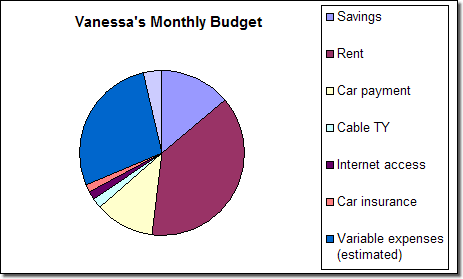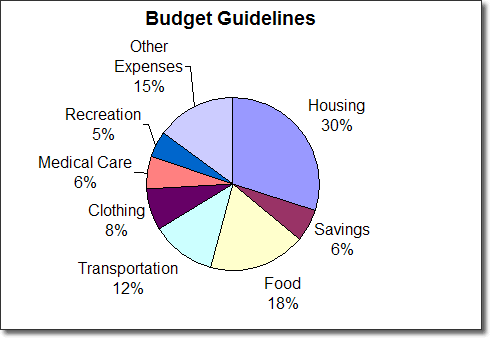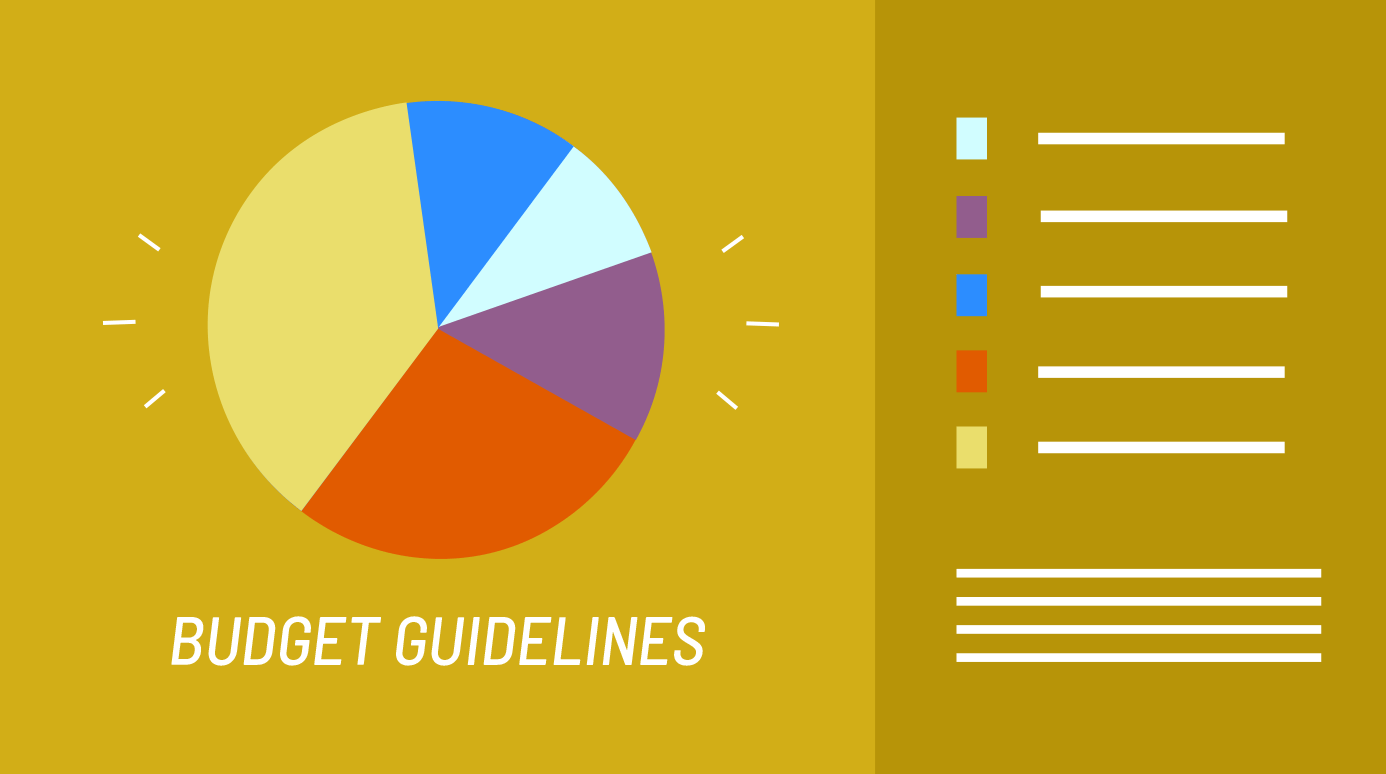Lesson 3: Creating a Budget
/en/moneybasics/assessing-how-you-manage-money/content/
Creating a budget
By the end of this lesson, you should be able to:
- Create a budget
- Take steps to reduce spending
What is a budget?
A budget is a planning tool that helps you keep track of how you spend your money. It includes an estimate of your expenses and the way you expect to pay for them.
A budget is based on your:
- Income: the money you earn and/or receive
- Expenses: the money you spend for food, utilities, and other things
Creating a budget
Budgeting helps you spend wisely and save money.
To create a budget:
- Print out our Budget Worksheet. If you have limited access to a printer, use a sheet of paper or spreadsheet application such as Microsoft Excel or Google Sheets.
- Determine your total monthly income by adding your monthly take-home pay and any other income, such as alimony. (To review adding and multiplying, view our Math tutorials.)
- List all of your expenses, including rent or mortgage, car payments, groceries, and entertainment. Some of these expenses are the same amount each month, while others vary. For those that vary, try to budget a set amount for each month. Review past bills and receipts to determine an amount you spend each month.
- Subtract your expenses from your total monthly income. Use a calculator to calculate your budget (Microsoft's calculator can be assessed from the Programs menu). Ideally, your expenses shouldn't exceed your income.
- Based on how much money you have left after expenses, decide what percent of your monthly income you want to save each month. It's recommended that you save 10 percent if you can. However, determine the amount that's best for you.
A sample budget
Let's look at how Vanessa creates her budget:
- Vanessa's monthly paycheck earnings after taxes is $1,733. She also receives $400 per month in alimony from her ex-husband. She adds that to her monthly paycheck earnings to get a total monthly income of $2,133.
- Vanessa wants to see how much she might save if she saves 10 percent of her monthly income, so she calculates $2,133 times 0.10 to get $213.30. (If she saves this amount regularly, at the end of the year she can save approximately $2,559). Instead, she decides to save $300 per month, or $3,600 per year.
- Next, Vanessa adds up her fixed expenses. Rent is $800, her car payment is $250, cable TV costs $40, Internet access costs $35, and her car insurance averages $30 per month, for a total of $1,155.
- She decides to set her variable expenses—which include utilities, phone, groceries, entertainment, and car maintenance—at $600 per month.
- Vanessa subtracts her total expenses of $2,055 from her total monthly income of $2,133 to get $78. The $78 that remains is her discretionary cash. Because Vanessa will likely have some money left over after taking care of her expenses, she decides to put a bit more into savings.

Following a budget
When you are finished, print out your budget and compare what you are spending to the following basic budget guidelines. (See our Decimals and Percents tutorials in our Math section if you need help calculating percents.) Is your spending within the guidelines?

Your initial budget may change as you learn more about money matters. In the short term, it will get you thinking about how you spend your money.
Be a wise consumer
Being a wise consumer can help you stay within your budget. Here are some cost-cutting tips:
- Look for ways to reduce spending. Consider a less expensive telephone plan, use coupons when you shop, and dine out less.
- Search for the best buy. Sometimes it's better to spend time than money.
- Be aware of where your money is going, and plan ahead to better handle unexpected expenses.
- Look for free items. Borrow books, CDs, and videotapes from the library rather than buying or renting them. Exercise at home, or use public exercise facilities instead of purchasing an expensive health club membership.
- Consider shopping at thrift shops, consignments shops, and other places that sell used items.
- Don't pay for services you can do yourself.
- Say no to impulse shopping. Ask yourself if you really need an item, or if there's something else you want more.
- If you can, avoid using credit cards. Buying on credit ties up future income.
- Watch out for money drainers, or items you buy on a regular basis that can eat up a sizable chunk of your income. For example, $0.50 per day for a can of soda can add up to more than $180 per year. Think about things you buy regularly that may be money drainers—such as snacks, magazines, and coffee—and consider saving that money for something else.
- Rich on Any Income, The Easy Budgeting System That Fits in Your Checkbook - by George D. Durrant, Clint Combs, and James P. Christensen
- The Family Budget Workbook: Gaining Control of Your Personal Finances - by Larry Burkett
/en/moneybasics/credit/content/





